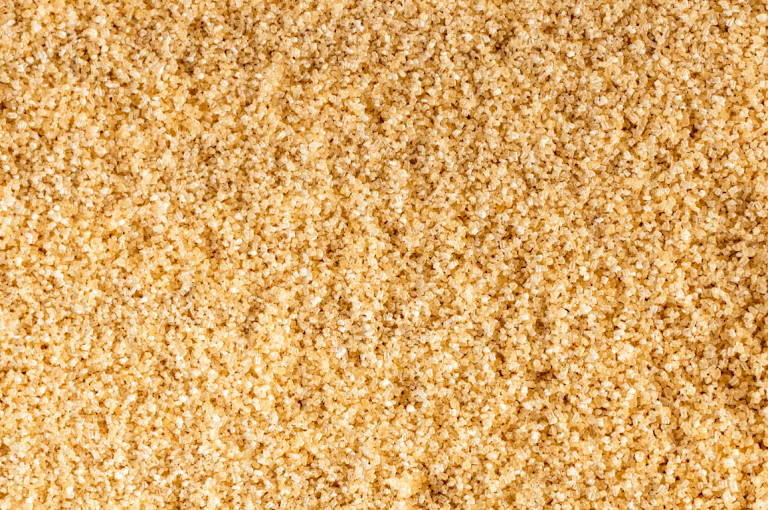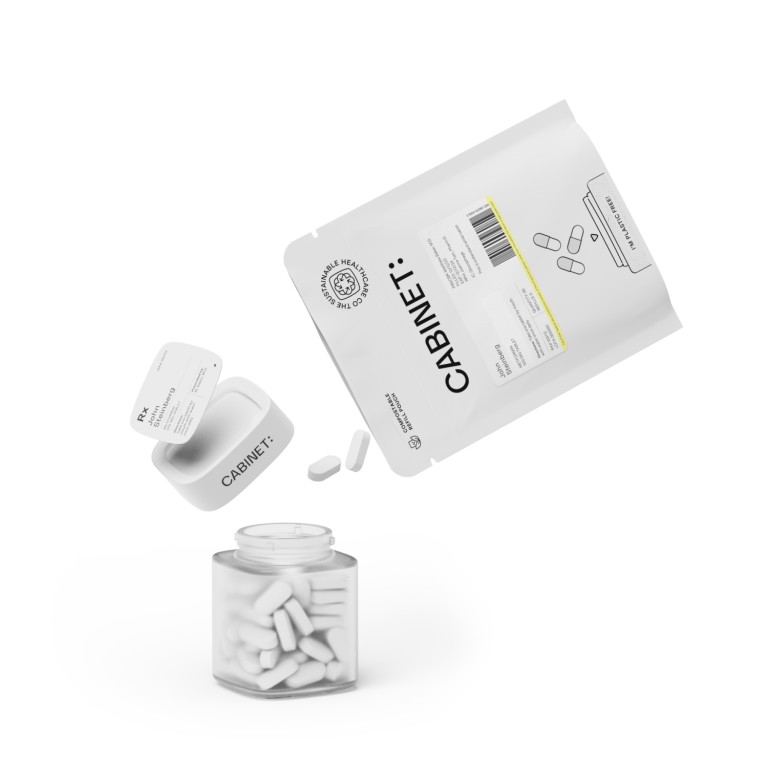Austin, Texas is known for its vibrant music scene, delicious food, and beautiful outdoor spaces. However, for many residents, the city's unique climate can also bring about a different kind of experience - allergies. If you find yourself constantly sneezing, sniffling, or dealing with itchy eyes, you're not alone. Understanding the triggers and tips for coping with Austin allergies can help you enjoy all that this great city has to offer without the discomfort.
Understanding Allergies in Austin
Allergies in Austin are a common concern for both locals and newcomers. The city's unique climate is one of the primary factors contributing to the prevalence of allergies. The warm and humid weather provides an ideal environment for various allergens to thrive.
The Unique Climate of Austin
With its hot summers and mild winters, Austin's climate can wreak havoc on allergy sufferers throughout the year. The high humidity levels in the air create a breeding ground for allergens such as pollen, mold, and dust mites. Understanding these triggers can help you better manage your symptoms.
Austin's climate is further influenced by its geographical location, situated in the heart of Texas Hill Country. The region's rolling hills and abundance of green spaces contribute to the proliferation of allergens. The proximity to the Colorado River adds to the humidity levels, creating a perfect storm for allergy sufferers.
Common Allergens in the Area
Knowing the most common allergens in Austin can give you a better idea of what you might be allergic to. Pollen from oak, cedar, and ragweed are prevalent during specific seasons, while grasses and weeds can trigger allergies during the summer months. Additionally, mold and dust mites can be found both indoors and outdoors, causing year-round symptoms for some individuals.
In addition to outdoor allergens, indoor triggers also play a significant role in exacerbating allergies in Austin. The city's older homes and buildings can harbor mold spores, while dust mites thrive in the warm, humid environment. Proper ventilation and regular cleaning can help reduce exposure to these indoor allergens and alleviate symptoms for allergy sufferers.
Seasonal Allergies in Austin
While allergies can be bothersome at any time, certain seasons in Austin tend to be especially challenging for allergy sufferers.
Living in Austin means dealing with a variety of allergens that can trigger uncomfortable symptoms throughout the year. From the spring bloom to the winter chill, each season brings its own set of challenges for those prone to allergies.
Spring Allergies: Pollen and More
In the spring, Austin's tree pollens, particularly oak and cedar, can fill the air and send allergy sufferers into a frenzy. The particles are so small that they can easily enter your respiratory system, triggering symptoms such as sneezing, congestion, and itchy eyes. It's essential to stay up to date with local pollen forecasts and take the necessary precautions to minimize your exposure.
Aside from tree pollens, springtime in Austin also marks the beginning of grass pollen season. Common grasses like Bermuda grass release pollen that can exacerbate allergy symptoms, adding to the challenges faced by individuals sensitive to multiple allergens during this time of year.
Summer Allergies: Grasses and Weeds
As the temperature rises, grasses and weeds become a major source of allergies in Austin. Bermuda grass and ragweed, in particular, can cause significant discomfort for those sensitive to their pollen. Taking preventive measures like closing windows and using air conditioning can help reduce exposure.
Moreover, the summer heat in Austin can lead to an increase in air pollution, which can further irritate respiratory systems already compromised by allergies. It's crucial for allergy sufferers to pay attention to air quality alerts and take additional precautions during hot summer days.
Fall and Winter Allergies: Mold and Dust Mites
While mold and dust mites are present year-round, they can become more problematic during the fall and winter months. The dampness of these seasons creates an ideal environment for mold to grow, especially in areas with poor ventilation. Dust mites, on the other hand, thrive in warm indoor environments. Regular cleaning and reducing moisture can help keep these allergens at bay.
During the winter months, when central heating systems are in full swing, indoor air quality can deteriorate, exacerbating respiratory issues for allergy sufferers. It's important to maintain a clean living environment and consider using air purifiers to minimize exposure to indoor allergens during this time of year.
Indoor Allergies in Austin
Even when you're indoors, you may still find yourself battling allergy symptoms. There are several common indoor allergens in Austin that you should be aware of.
Austin's unique climate and environment can exacerbate indoor allergies for its residents. The city's warm and humid weather provides an ideal breeding ground for allergens like dust mites, mold, and pet dander, making it crucial for individuals to take proactive measures to minimize exposure.
Pet Dander and Allergies
If you're a pet lover, you may find that pet dander is a significant trigger for your allergies. Cats and dogs can produce allergens that become airborne and cause symptoms such as sneezing and itching. Regular grooming, vacuuming, and keeping pets out of the bedroom can help reduce exposure.
Furthermore, it's essential to note that pet dander can linger on furniture, curtains, and carpets, even if your furry friends are not in the room. Regular cleaning and using high-efficiency particulate air (HEPA) filters in your home can aid in reducing the presence of pet allergens, providing relief for allergy sufferers.
Dust Mites in Your Home
When it comes to indoor allergies, dust mites are a common culprit. These microscopic creatures thrive in mattresses, pillows, and carpets, feeding on dead skin cells. Regularly washing bedding in hot water, using allergen-proof covers, and keeping humidity levels low can help control dust mite populations.
Additionally, investing in a dehumidifier can assist in maintaining optimal humidity levels in your home, creating an environment less favorable for dust mites to proliferate. Vacuuming regularly with a HEPA filter-equipped vacuum cleaner can also aid in reducing dust mite allergens in your living spaces.
Mold and Mildew Allergies
Moisture and high humidity levels can lead to the growth of mold and mildew in your home. These allergens can cause symptoms such as nasal congestion, coughing, and wheezing. Regularly inspecting your home for moisture problems, keeping it well-ventilated, and promptly fixing leaks or water damage can help prevent mold and mildew growth.
In addition to visible mold growth, it's essential to be mindful of hidden mold in areas such as behind wallpaper, under sinks, and in damp basements. Utilizing exhaust fans in bathrooms and kitchens, as well as utilizing mold-resistant paint in high-moisture areas, can aid in preventing mold and mildew issues, safeguarding your indoor air quality.
Coping with Austin Allergies
Living with allergies in Austin doesn't have to mean missing out on all the city has to offer. There are several ways to cope with your allergies and find relief.
Over-the-Counter Allergy Medications
Over-the-counter allergy medications can be effective in managing your symptoms. Antihistamines can help alleviate sneezing and itching, while decongestants can relieve nasal congestion. It's important to read and follow the instructions carefully, and consult with a healthcare professional if you have any concerns.
Natural Remedies for Allergies
In addition to traditional medications, some individuals find relief from allergy symptoms through natural remedies. These may include nasal rinses with saline solution, using a HEPA filter in your home, or incorporating certain foods into your diet that have natural antihistamine properties. It's important to remember that natural remedies may not work for everyone, so it's always best to consult with a healthcare professional.
When to See an Allergist
If your allergies are severely impacting your quality of life or if you've tried various over-the-counter remedies with no relief, it may be time to see an allergist. An allergist can perform tests to identify your specific triggers and develop a personalized treatment plan tailored to your needs. They can also provide guidance on managing your allergies in the long term.
In conclusion, living with allergies in Austin can be challenging, but with the right knowledge and strategies, you can effectively manage your symptoms and enjoy all that this vibrant city has to offer. By understanding the unique climate, being aware of common allergens, taking proactive measures to minimize exposure, and seeking professional help when needed, you can navigate Austin's allergy season with confidence and breathe a little easier.
As you navigate the challenges of allergy season in Austin, Cabinet® Health is here to simplify your health routine. If you're already taking medication for your allergies, why not see if your prescription refill qualifies for Cabinet® Pharmacy? With Cabinet®, you can transfer your prescription and enjoy a host of benefits, including a free personalized glass bottle that's child safe, shatter-tested, and refillable, helping to declutter your space. Plus, you'll receive a stylish medicine travel tin, a complimentary bottle of premium Acetaminophen, and the convenience of having your refills handled for you. Our dedicated pharmacists will ensure a rapid transfer from your current pharmacy, and your medications will be delivered directly to your door in eco-friendly, compostable pouches. Signing up is quick and easy—just Look Up Your Prescription and let Cabinet® Health take care of the rest, so you can focus on enjoying the vibrant life Austin has to offer, allergy-free.









